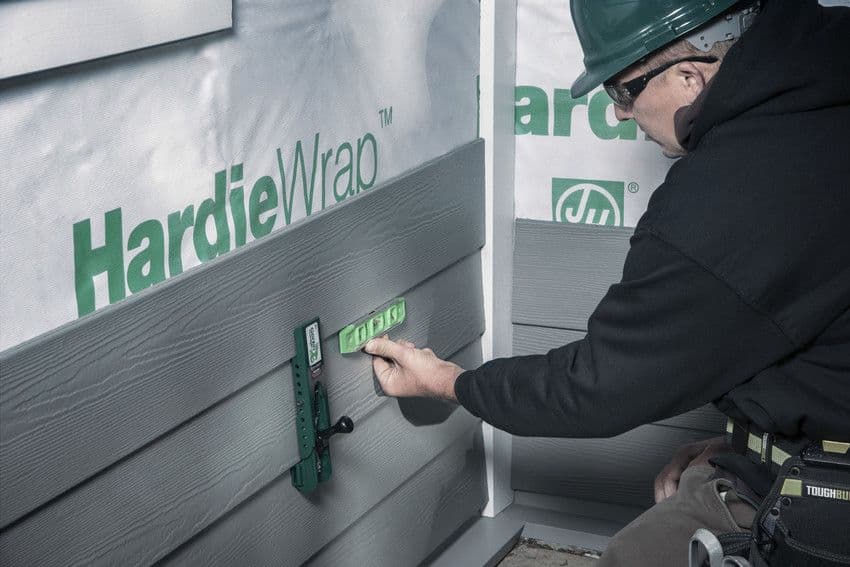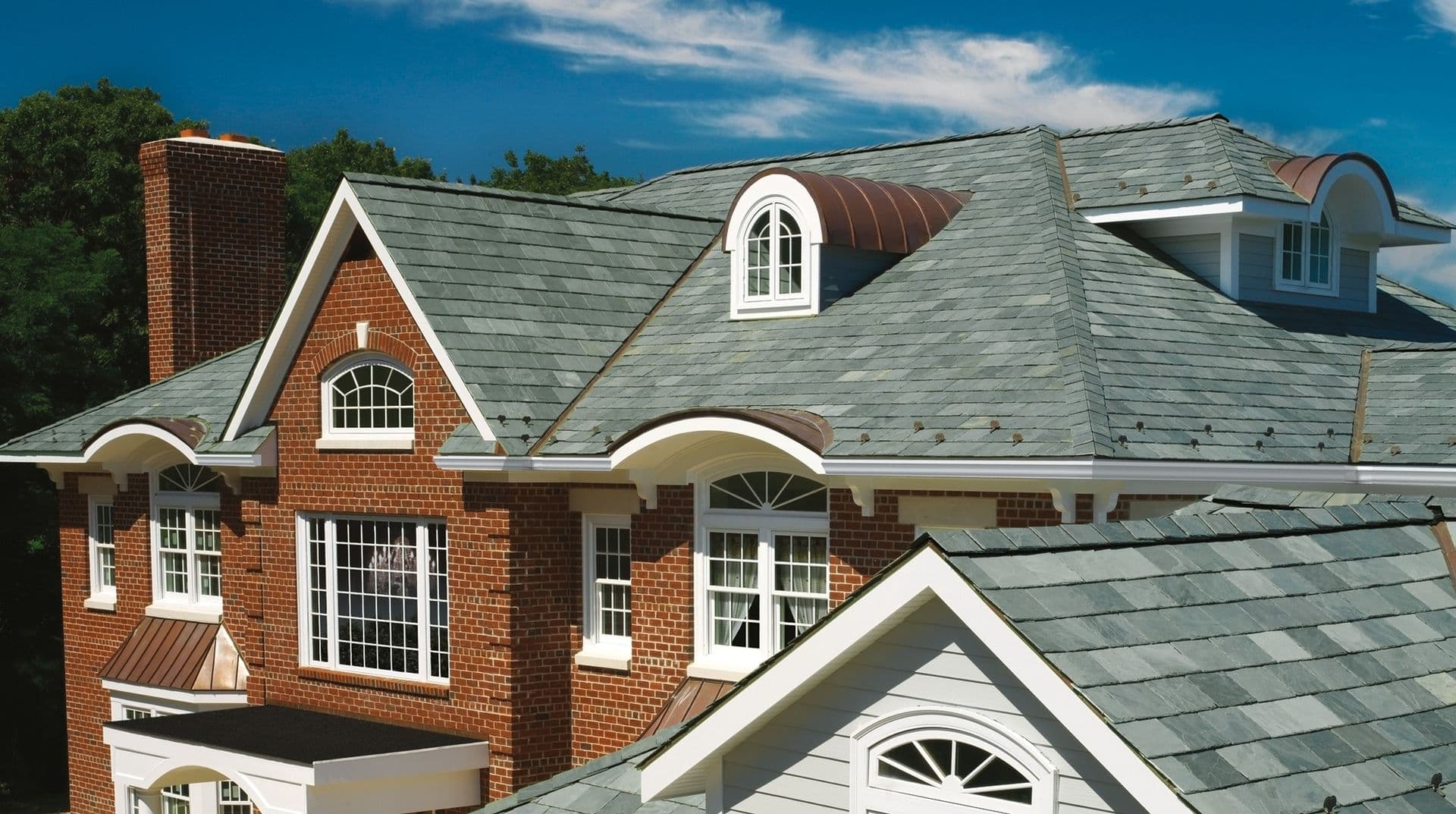Velux Skylight Installation

If you recently purchased a Velux skylight to improve the appearance of your home or to simply bring in more natural sunlight, you may be wondering how to install this item. While you can try installing it yourself, a professional installer from Capital Construction is also available to help you complete this task quickly and easily. However, if you insist on doing it yourself or are curious to know what steps are involved in the installation process, we will review each below.
Cut the Opening Where You Plan to Place the Skylight
Once you have all your tools and equipment and have made your way to your roof, you must begin cutting an opening where you plan to place the skylight. This requires using deck screws to mark your corners and chalk to draw your lines. You will also need to remove the shingles in the area where you plan to cut. Once you have removed your shingles and can see your corners and chalk lines, you can use a circular saw to cut through the roof. Stay on the lines.
Flash the Sill
If you have a helper, ask them to carefully grab the cutout piece and pull it towards them from the inside. If you do not have a helper, your cutout will most likely fall into the inside of your home, and you will need to clean it up before anyone falls or becomes injured by it. After you have finished cutting the opening, you will need to nail a roof sheathing down to protect the perimeter of the opening. Next, you will place a piece of self-adhesive membrane along the bottom of the opening. Begin cutting and folding the top of the self-adhesive membrane (about 1 inch) to cover the exposed sill.
Place the Skylight Into the Open Area
This is one of the most exciting parts of the Velux skylight installation process. However, you will most likely need assistance. Ask a helper to go inside your home, stand where they can reach the skylight (a ladder may be required), and lift the skylight through the open area. Once this has been completed, the bottom part of the skylight will need to be rested against the sill. Then, you can lower the skylight onto the roof.
Next, you must drive 1¼ nails through the skylight’s holes and into the roof. This will ensure that it is in place and will not fall through. As with any project, you should work with an experienced contractor so mistakes are not made and you do not suffer an injury. Call Capital Construction to have a skylight installed at your Boston home today.
Seal Each Side
Place a strip of membrane on each side of the skylight. Make sure it extends at least six inches past the sides. You will want to wrap the top, bottom, and sides with membrane strips. Press the surrounding strips against the roof. This will ensure that nothing can enter your skylight’s sides, including rainwater and bugs. Failing to seal each side of the skylight can lead to water damage, which can turn into a mold problem.
Make Sure You Don’t Forget to Sill-Flash the Bottom Edges
Start nailing your shingles back over the bottom self-adhesive membrane. This will cause the membrane to seal around your nails, which is what you want to happen. Then, you must put the U-shaped sill flashing over the shingles and ensure it covers the Velux skylight’s bottom portion. Start nailing the corners of the U-shaped sill flashing to the roof. Afterward, you can use shingles to cover any exposed parts of the sill flashing.
Step-Flash Every Side
You must grab a piece of L-shaped step flashing to complete this step. After you have this, you can place it over the shingles covering the sill flashing. Drive a nail into the top corner. Then, drive another nail a couple of inches directly below the first nail. Cover this flashing with a shingle. You will continue this process until both sides of the skylight are covered with step flashing and shingles.
Apply Counterflashing to the Sides
Counterflashing is a metal or sheeting that covers and protects a specific product. In this case, you will be using it to protect the sides of the Velux skylight. Start covering the vertical parts of the step flashing with the counterflashing. They should click right into place on the side rims of the skylight. This will help prevent rain, snow, ice, hail, or wind from entering your home.
Lastly, You Will Need to Install the Saddle Flashing
You can install the saddle flashing by lifting the shingles above the Velux skylight. After lifting them, you must make a long, narrow cut on the sheeting piece under the shingles. Next, you will slide the saddle flashing’s top portion through this cut and ensure the flashing is fitted against the skylight. Then, you must lift the shingles and start nailing each flashing’s top corners. Once you have completed this, you should nail shingles over the flashing, but the goal is to ensure that at least four inches of the flashing are still showing.
Let the Boston Area Skylight Installers From Capital Construction Help You Today
Even though we have provided you with detailed instructions on installing a Velux skylight, you may still find this a long and difficult process from start to finish. You should consider hiring a professional skylight installer from Capital Construction to handle this matter. While you focus on your other daily needs and obligations, we will work hard to finish the job quickly and efficiently.
Our team is experienced, skilled, and knowledgeable when installing any type of skylight, and we will ensure that the process remains as smooth and stress-free as possible for you. If you are ready to start, contact Capital Construction at your earliest convenience. We will travel to your location, assess where you want your skylight installed, and review the options that may be best for you. Call now for a free quote.
Summer Sale
Get 15% Off Your Project
+ No Interest, No Payment for 18 Months
Featured Customer Review
I was immediately impressed with this company from when I first called them. They were informative, flexible to my schedule and a solid reputable company. I've dealt with a lot of different contractors and Capital Construction was a dream come true! From their office staff to production team and crew. Their crew done a fantastic job and finished sooner than projected. They followed all the covid guidelines and were amazing from start to finish. I 100% recommend this company to anyone. We are already planning our next spring project!
Recent Blog Posts
Choosing the perfect siding color for your home is a big decision. Your home’s exterior is the first thing people see, and the siding color plays a significant role in creating a lasting impression...
Many homeowners are constantly in search of home improvement projects to transform their property...
If there’s one component of your home’s exterior that plays a role in your property value, it’s your siding! Siding is one of the most visually striking aspects of a home, making even the oldest homes look brand new once they’re freshly installed...
Special Offers

Save Up To 20%
Off Your Exterior Remodel
Call today to SAVE and become a Capital Preferred Customer!

Summer Sale - 18 Months
No Interest, Minimum Payments
15% Off Plus Additional Cash Discounts

Take Advantage
Of Our 15-year Financing Options
We offer flexible finance options with low-payment, low-interest, and long-term periods.
What Our Customers Have To Say
We wanted to change our tube to a walk-in shower. The proposed change was well explained, and we decided to go with it. The work was completed in 1 day and was done cleanly and efficiently. No regrets
Our experience has been phenomenal from start to finish! From sales, office, project manager, and the great guys that installed our roof. Communication was outstanding all around. Our roof was finished in one day!Definitely recommend this company!
I don’t write reviews often but I must say that Michael Gagnon and his team did a great job with my project! I have an older home with a lot of character and they did an outstanding job with my roofing installation!
I couldn't be happier with Capital Construction! Their team was professional, efficient, and did an outstanding job on my new roof. The quality of their work is top-notch, and they left my property spotless. Highly recommend!
We are very pleased with the outcome! Our house’s curb appeal has gone up exponentially and we would definitely use Capital Construction again for other projects, and we would recommend this company to others. Thank you!





Our Locations




